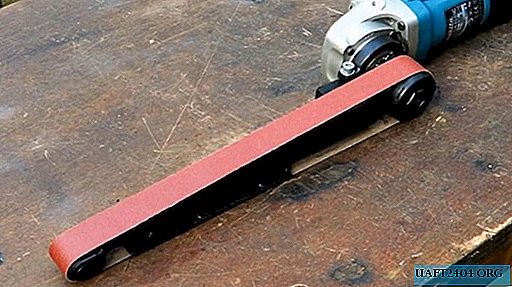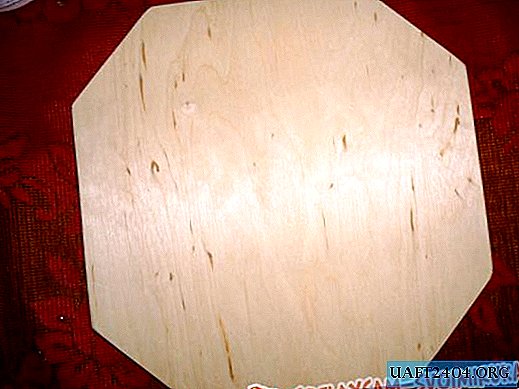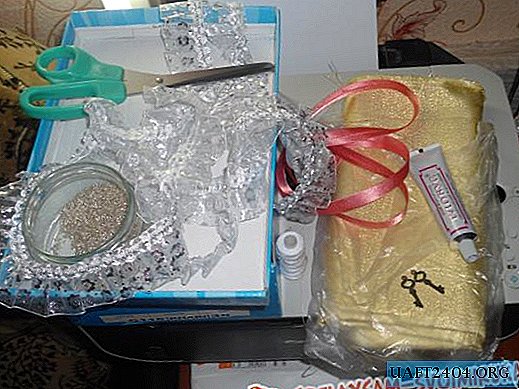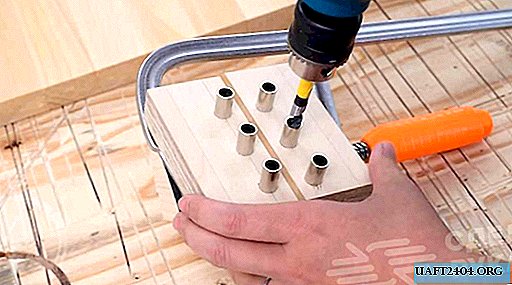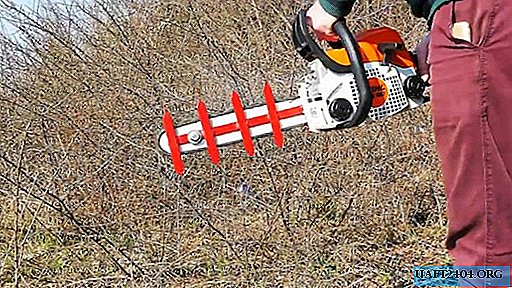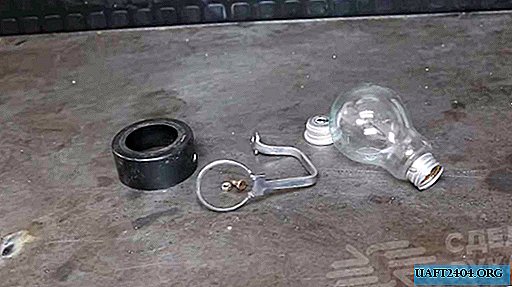Share
Pin
Tweet
Send
Share
Send
Another interesting point is an unusual way of working in their manufacture. When you start creating your little wonderful masterpiece, you will certainly appreciate how exciting and interesting it is - to singe an organza on a candle!
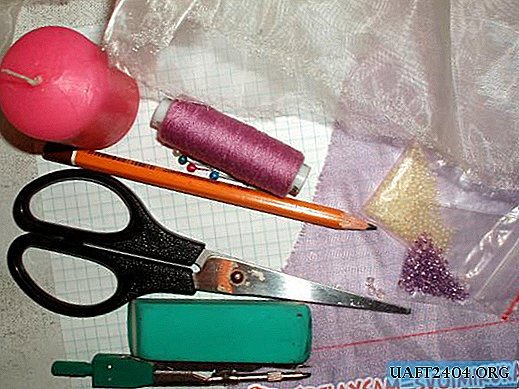
You will need:
- candle and matches;
- scissors, pins, needle and thread;
- a simple pencil, possibly also a pair of compasses, a ruler and an eraser to build patterns;
- a piece of paper in a box;
- shreds of organza;
- beads, beads, pearls or sequins, depending on your imagination.
First, on paper in a box, draw a flower with a diameter of about 12 cm with 5 or 6 equal petals. If you want to get a water lily as a result, make 4 rounded petals, and if you have a chrysanthemum, make 12 oblong petals. But starting with chrysanthemum in this technique is not the best idea, because in order to singe 12 thin petals, you must already have at least a little knack and experience. The most optimal - 6 petals. Subsequently, you can vary the number and shape of the petals, as well as the diameter of the entire outlet.
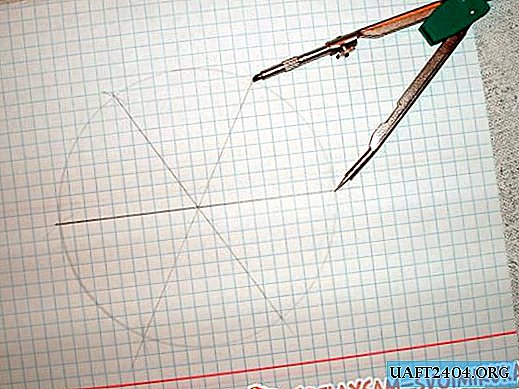
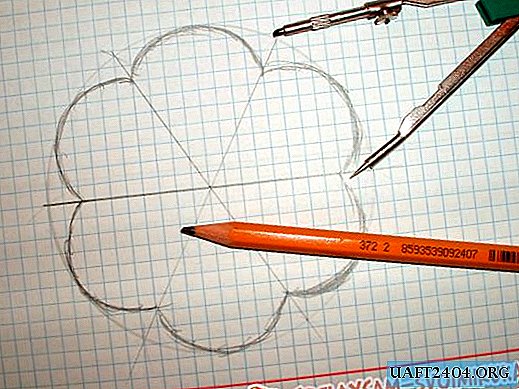
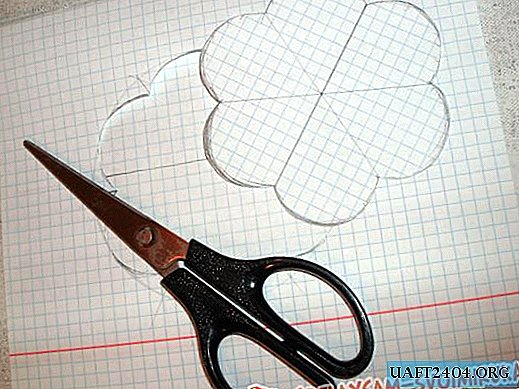
Then cut out a paper pattern. We put the organza in 4 layers and, having imposed a pattern on top, we chop everything together with the help of pins. Now roughly along the contour, roughly cut the flower. Organza is a difficult material, its layers slide and shift all the time, but this should not upset you at this stage. Anyway, the final shape of the flower is not attached to the scissors, but to the candle light. Therefore, if your petals are uneven, crooked and uneven, the flower from this will only look more lively and more natural. In each blank, we cut the petals to the middle, leaving an uncut area right in the middle with a diameter of about 1 cm. In total, 8-12 blanks should be cut from the fabric.
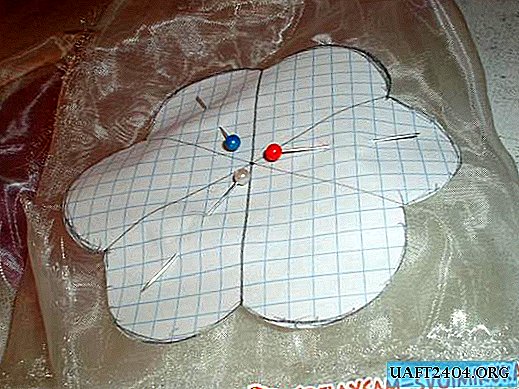
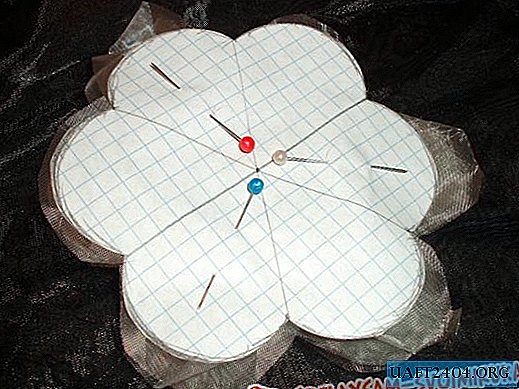
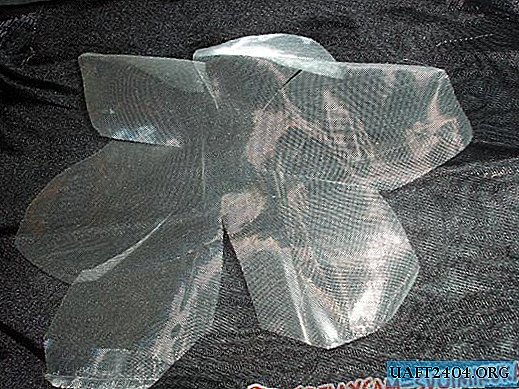
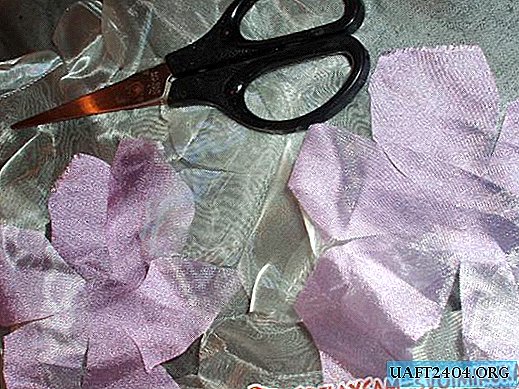
Now we proceed to the most fascinating stage of flower production. We light a candle and begin to carefully work on the edges of each workpiece. We take one workpiece and singe its edges on a flame. Organza is a synthetic material, and it’s enough to simply bring the edge of the flower 2-3 cm away from the side of the flame, as the cut melts. To make the form more lively, you need to bring not only to the side of the flame, but also above it. The secret is that when you hold a slice above the flame 5-6 cm above the candle, it not only melts, but also bends beautifully, acquiring bizarre wavy bends of the edges. Here you need to be very careful not to scorch your fingers and not to burn, or rather, not to melt the entire workpiece completely. The petals will be uneven, with different bends and different lengths. This is normal. The melted edges, as a rule, turn out darker than the tone of the fabric, especially if the candle fades during operation.
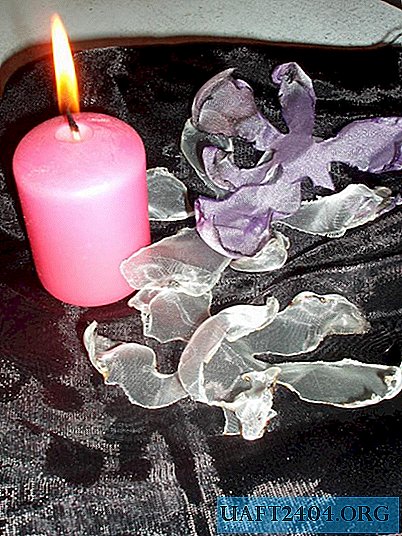
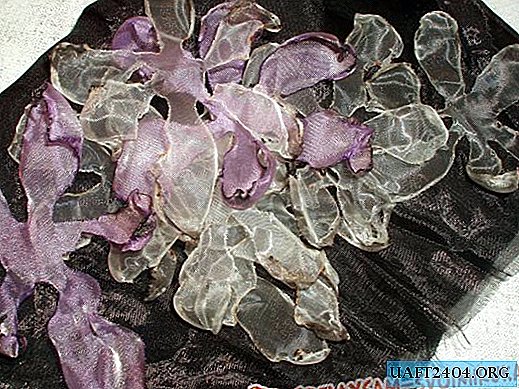

After all the blanks are worked out, we proceed to the assembly of the flower.
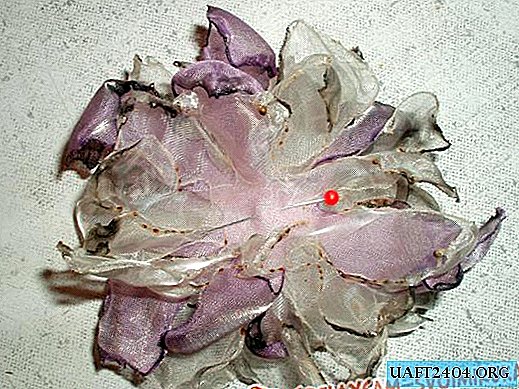

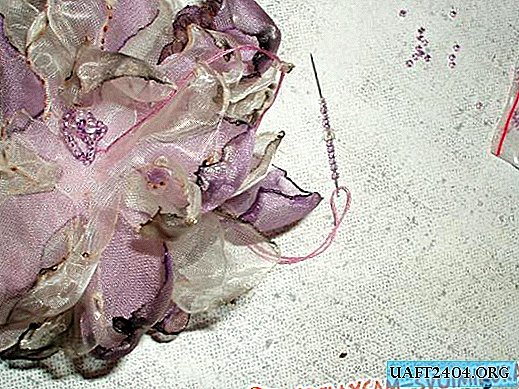
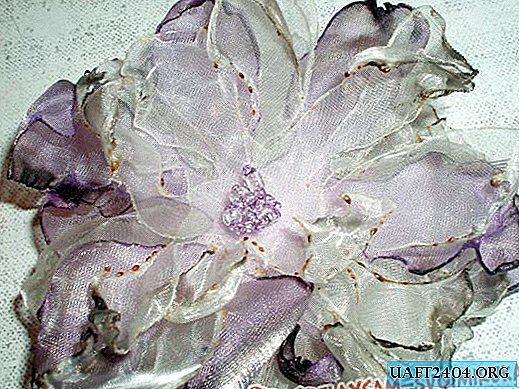

We collect all the blanks together in the desired order and fix the middle with a pin. We thread the needle into the tone of the beads. First, with several stitches, we firmly fasten all the layers of organza and fasten the thread on the wrong side. Then we again bring the thread to the front side and sew beads on top of the stitches. You can not just sew beads and pearls, but string them in the form of stamens, loops, etc., as your experience and imagination tells you. At the end, bring the thread back to the other side and fasten again. Your little textile masterpiece is ready!
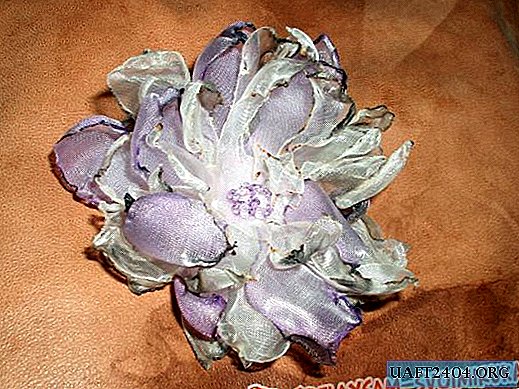
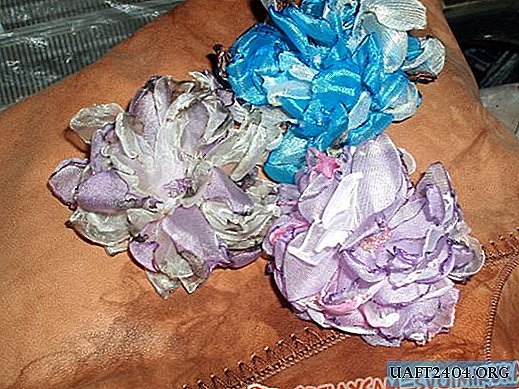

Share
Pin
Tweet
Send
Share
Send

